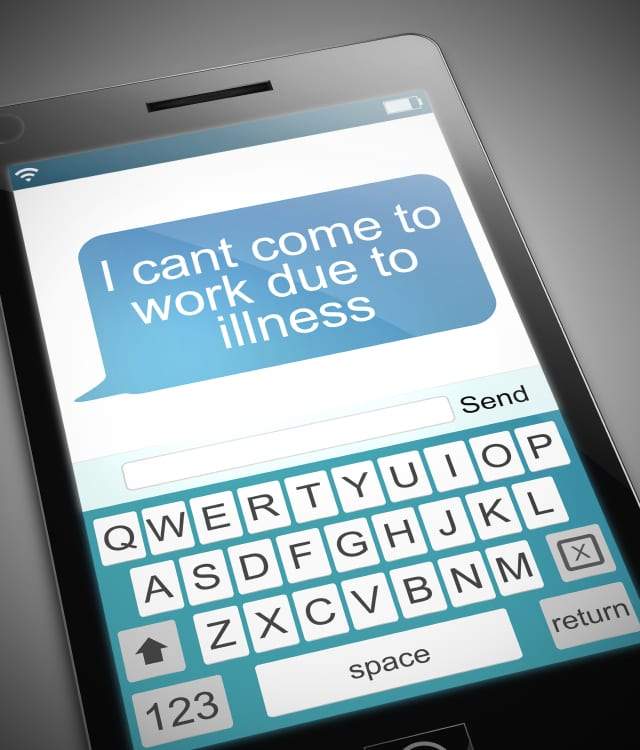This article focuses on Changing Employment Terms and Lay-offs and is intended to support Employers impacted by the rapid spread of the COVID-19 outbreak and who are thinking of reducing staff hours, temporarily laying staff off or making redundancies.
The team at Employment Law Services (ELS) continues to work tirelessly to help support employers to assist them to prevent problems and protect their businesses by providing practical employment law advice. We have collated information from a variety of reliable sources and provide it here to ensure UK Employers are aware of their legal obligations and to assist them to deal with the various implications imposed by the rapid spread of the COVID-19 (Coronavirus) outbreak.
If you are an employer affected by any of the issues being created by the outbreak of Coronavirus and require further assistance and support, call us now on 0800 612 4772 or Contact us via our website.
Dealing with the economic impact: changing terms and lay-off
What action should employers be taking now?
The action an employer should be taking will depend, to some extent, upon the nature of the workplace, the roles carried out and the demographic of the workforce, but some of the issues that employers should consider from an employment law perspective include:
- The employer’s approach to sick pay in the various scenarios identified in our Absence and pay: no symptoms or diagnosis bulletin. The employer should consider its contractual sick pay policy, and the practical implications on withholding pay or reducing pay to SSP. The employer will wish to balance the costs of paying full pay where they are not legal obliged to do so with the indirect costs (in terms of spreading the virus and increasing sickness absence) where employees attend work following potential exposure to the virus, or even when exhibiting symptoms of it, in order to continue receiving pay.
- Whether the infrastructure is in place to allow large numbers of employees to work from home. Is the IT system prepared for a high number of employees to work remotely? Do employees have the hardware necessary to work from home? Will additional guidance need to be issued to reduce demand on the IT systems if many people will be working remotely simultaneously?
- Compliance with government, PHE and WHO guidance on hygiene in the workplace, and other preventative measures. Consider appointing a coronavirus taskforce who are responsible for keeping track of developments, updating internal guidance and communicating with workers.
- Clear communication with workers on the employer’s policy on homeworking, work travel and precautionary isolation.
- Ensure that employees have provided up to date personal details.
- Plan for mass closures of schools and nurseries. Identify business critical roles and how they can be maintained. Consider what pay employees will receive if they work part-time to fit around childcare, and the benefits of acting flexibly to allow as many employees as possible to continue working. Consider whether the business would be best served by encouraging employees to work flexibly and making that facility available, or by encouraging the use of statutory rights to time off to care for dependants, annual leave or parental leave.
- Provide clear information to managers on how to deal with an employee who attends work displaying symptoms, or who has potentially been exposed to the virus.
- Identify any high-risk employees and consider whether there are any potential discrimination implications which mean a more cautious approach is required.
- Critically consider whether any domestic and international work travel and events are necessary. Consider whether internal meetings can be carried out through virtual meetings.
- Where travel is necessary to high risk areas, consider what protective measures should be put in place and ensure that protective equipment is sourced and ordered.
- Identify the minimum safe level of workers required to continue operating, and how that can be maintained in the worst-case scenario. Identify the point at which the business may need to cease operating temporarily and consider the employment law consequences.
In what circumstances should the employer consider lay-off and short-time working?
Laying off employees means that the employer provides employees with no work (and no pay) for a period while retaining them as employees; short-time working means providing employees with less work (and less pay) for a period while retaining them as employees. These are temporary solution to the problem of no or less work. However, if employees are laid-off or put on short-time working in circumstances where the employer does not have the contractual right to do so then the employer will be in fundamental breach of contract entitling the employee to resign and claim constructive dismissal.
Lay-off may need to be considered in the following scenarios:
- A downturn in work due to the effect of COVID-19 on suppliers and customers means that fewer employees are required on a temporary basis.
- Temporary closure of the workplace due to insufficient employees being able to work.
Short-time working may need to be considered where there is:
- A downturn in work due to the effect of COVID-19 on suppliers and customers meaning that the business does not need all employees to work their contracted hours.
Employees who are already unable to work, for example due to sickness or (arguably) medically advised self-isolation, cannot be laid-off.
Government guidance
The COVID-19 pandemic is continually changing and the government advice for employers is being updated as the situation develops. Employers should keep track of the guidance for employers from the following sources:
- Health Protection Scotland: COVID-19: Information and Guidance for Non-Healthcare Settings (applicable in Scotland).
- Welsh Government: Coronavirus (COVID-19): employers and businesses guidance (applicable in Wales).
For information on the circumstances in which individuals should self-isolate see the following sources:
- Public Health England: COVID-19: stay at home guidance (applicable in England)
- Public Health Wales: Novel Coronavirus (COVID-19) – Self-isolation advice (applicable in Wales)


 Advice on Settlement Agreements
Advice on Settlement Agreements Employment Tribunal Representation
Employment Tribunal Representation


